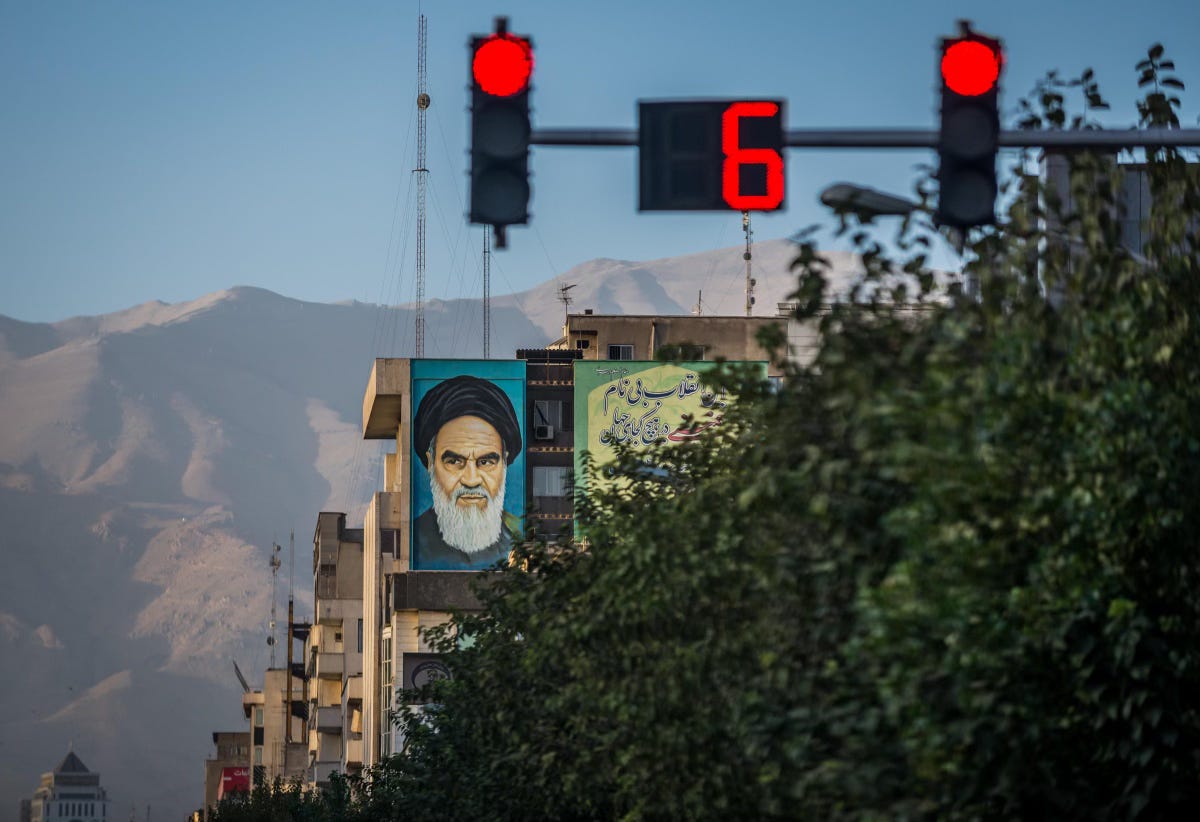
There is more than a touch of “High Noon” about Donald Trump’s approaching encounter with Iran. There is a palpable sense of drama, also tinged with déjà-vu, since we appear to have been here before: this is not the first Iran “nuclear deal” to be negotiated – or not. That apparent familiarity, however, is deceptive: this is a new situation; we have not been here before.
It is a new situation, in broad-brush terms, insofar as the geopolitical world has greatly changed since any past démarche in US-Iranian relations, the Ukraine war and the crisis in Gaza being just two examples of that changed environment. More specifically, it is a changed world for the ayatollahs in Tehran: their proxy army, the Hezbollah, has been devastated, while their other useful idiots, the Houthis in Yemen, are similarly preoccupied in sweeping up much broken glass, following US air strikes. That intervention did not neutralise the Houthis, but it gave notice of a new political will in the Oval Office to “rain Hell down on them”.
The ayatollahs are worried and with good reason. The violent protests against the regime that broke out in 2022 and were not finally suppressed until early 2023 were not put down exclusively by the Revolutionary Guards Corps, but to a large extent by Hezbollah fighters, who will not be available at the next eruption of public discontent. Each uprising in Iran has been more widely supported and formidable than its predecessor. There is a widespread impression that “one more push” would topple the ayatollahs.
